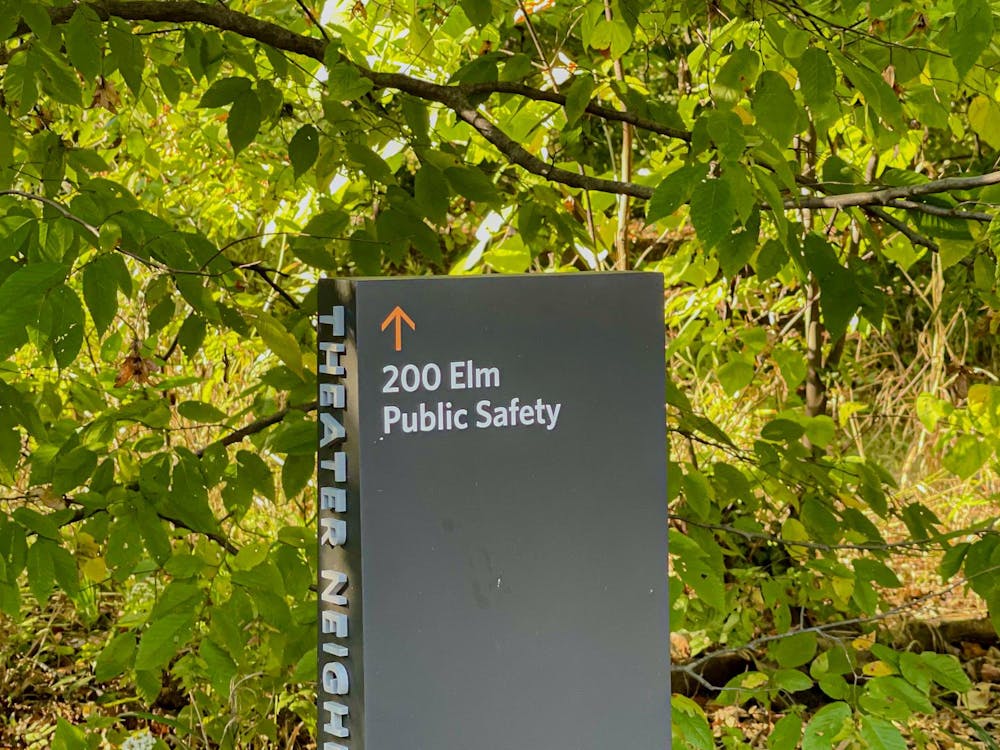Borough officials are making a new effort to prevent the University from building its proposed Arts and Transit Neighborhood. At a meeting on Tuesday evening, members of the Borough Council voted unanimously to introduce a new ordinance that would interfere with the University’s plan to build its Arts and Transit Neighborhood.
For the past year the University has sought the zoning changes it needs to build a set of arts-related developments in the Alexander Corridor. The Council has withheld the zoning approval in opposition to the University’s plan to move the Dinky station 460 feet southward to accommodate its arts development.
Rather than grant the University the full area of its desired arts zone, the new ordinance would isolate the area containing the current Dinky track. The ordinance would zone this area for rail-transit use only, preventing the University from building in the area where the Dinky track currently lies.
The councilmembers’ decision to introduce the ordinance only a few weeks before the end of the year is in effect merely a demonstration of their intent. The introduction of the ordinance will expire at the end of 2011. A new council session will begin in 2012 with a new set of councilmembers who would have to again vote to introduce the ordinance before they could act on it.
The council also voted unanimously to introduce the possibility of creating a special district in the Arts and Transit Neighborhood area, which would allow representatives from the council, the University and local businesses to discuss and fund improvements for the area.
In the past few months, a specially contracted attorney advised the council not to pursue this ordinance’s transit-only zone, saying that it would make the Borough vulnerable to a retaliatory lawsuit. The lawyer predicted that the University would challenge the zoning in court and that the court would be likely to rule that the transit-only zone was an example of “spot zoning” and an abuse of their zoning rights.
At Tuesday’s meeting, land use attorney Timothy Korzun disagreed. Because the proposed zoning is motivated by a clear public purpose and does not take away existing uses, it would not be considered spot zoning, Korzun explained.
The ordinance does not have the force to prevent the University from moving the station; it only makes it more difficult for the University to use the land where the track lies, thus eroding the University’s potential gain from moving the station.

The transit-only zoning would amount to no more than a firm declaration of the Borough’s opinion against the Dinky move, Korzun added, arguing that the existence of the zone would give the Borough more leverage to negotiate the building proposal with the University.
University attorney Rich Goldman argued that any attempt to use the zoning as a bargaining tool could be condemned as “contract zoning,” another abuse of the Borough’s zoning rights.
The council also voted unanimously to introduce an ordinance that would establish a special improvement district in the area proposed for the Arts and Transit construction. The University, along with other businesses, included in the district would contribute funds for special improvements within the district.
The district would be managed by a board of directors including representatives from the council and local businesses. The council intends to include University representatives, although it is not bound to do so by the ordinance. The district would include all non-residential properties along University Place between Nassau Street and Alexander Road.

Borough councilman Roger Martindell explained that he thought establishing the special improvement district would allow the Borough to develop a more stable relationship with the University. He explained with a demonstration using a four-legged cow-milking stool.
“Here’s a milkstool: It has three or four supports. If you only have one support, you can’t really sit on it very well. Two’s not good either. You need at least three. Four is better,” Martindell said. “[The special improvement district is] a little part of our larger relationship, and it’s important to keep that relationship so that you can provide the milk to the community. I see this SID as a way to do that,” Martindell explained.
Robert Durkee ’69 said that he didn’t see the advantage of the special improvement district.







